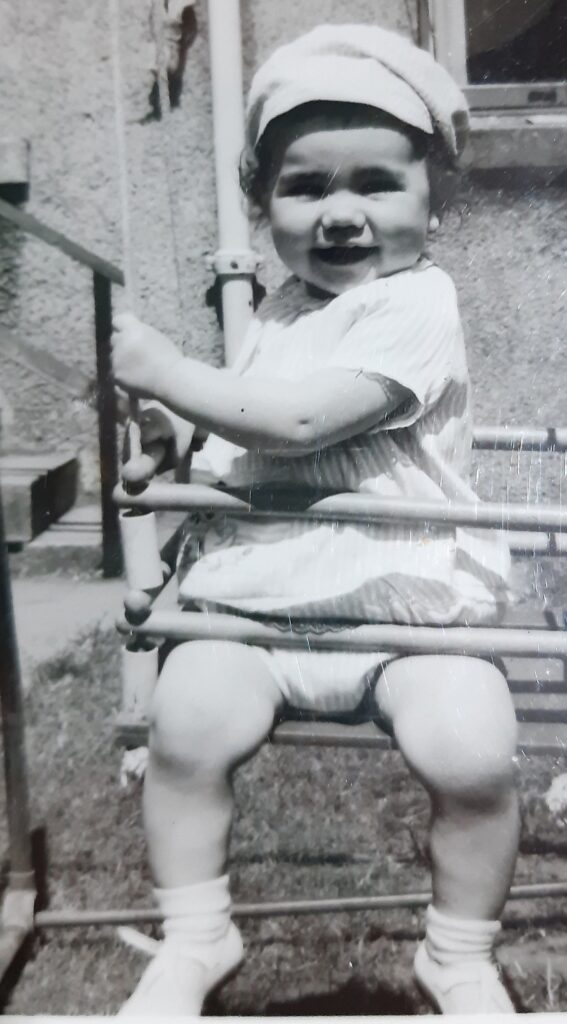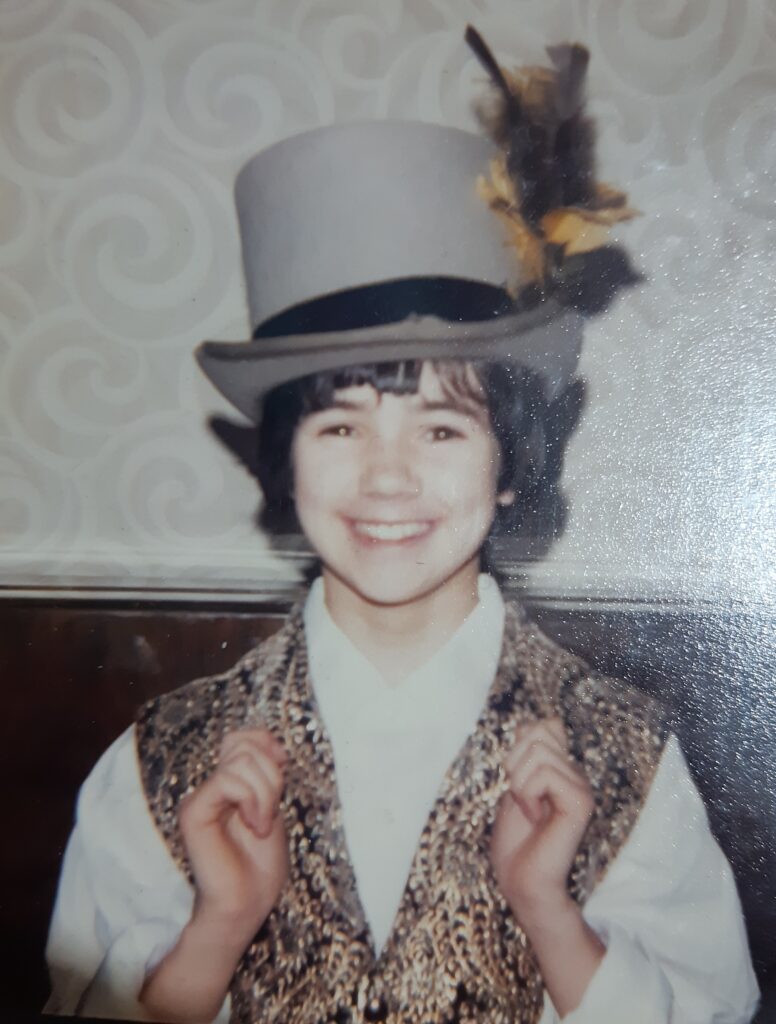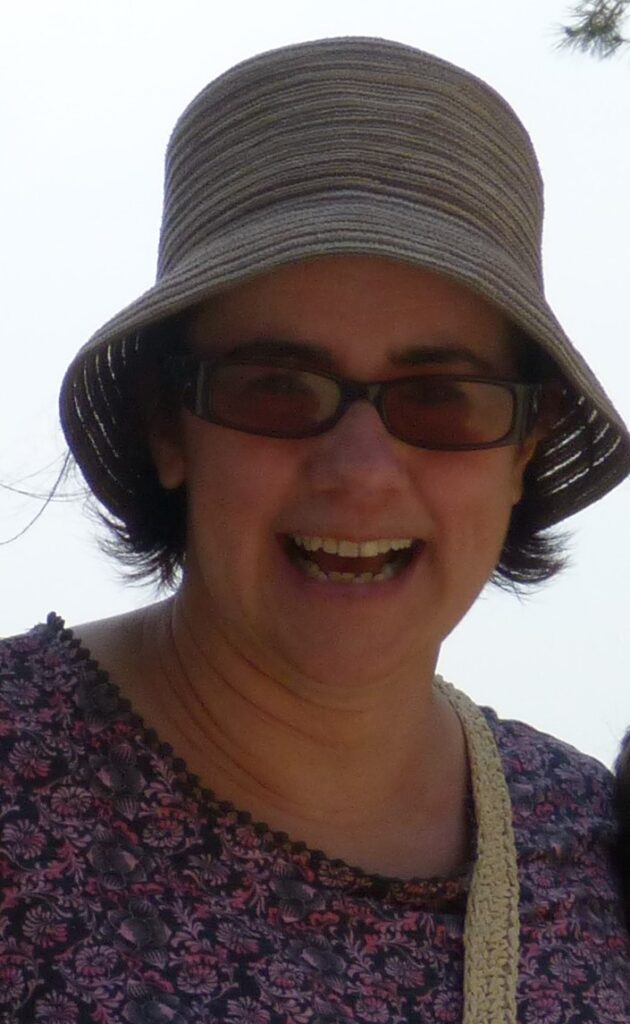A little about how I started:
When I started out in proofreading and copy-editing in 2012, towards the tail end of my PhD, my work mainly involved some casual proof-editing of other postgraduates’ work mostly in the form of dissertations and PhD theses, to make a bit of extra cash. After the birth of my daughter later that year, I began to take editing more seriously and, on the most part, this was still the kind of work I pursued. I did some training courses in editing, starting with Chapterhouse’s distance learning course in proofreading and copy-editing and followed by the SfEP’s (now ciep) introductory day courses on the same subjects. I’ve picked up new training most years, including the SfEP’s follow-up Proofreading Progress, Copy-editing Headway and Copy-editing Progress courses. Throughout this time, my main area of work has remained student theses and dissertations.
Building experience:
I worked (and continue to work) independently on student theses with students contacting me through my lecturing work at the University of Strathclyde and the University of the Highlands and Islands. Now, though, I am also approached via the ciep Directory and Glasgow Editors’ Network. In 2012, I also became a freelance proofreader and copy-editor for ProofreadMyEssay (now rebranded as Proofed) and continue to undertake work for this company. As a result of my background in lecturing and university-level teaching, I was aware of some of the ethical issues involved in editing for students, and knew that I could not, for example, draw a student’s attention to factual inaccuracies when editing their work. Over the last six years I have gradually honed my craft, becoming more accomplished in tasks such as using tracked changes, working with references and formatting.
I entered the ciep (at that point as an Associate of SfEP) in 2012, moving to Intermediate member. Early in 2019 I upgraded to Professional membership status, a process which took up quite a bit of time. After taking a break from gathering evidence of my training, and not wanting to rest on my laurels, my thoughts turned to what training I should do next. It occurred to me that I had never actually undertaken any official training in the kind of editing I do the most – proofreading and copy-editing theses and dissertations.
Proofreading Theses and Dissertations – online course:
Before embarking on the ciep Proofreading Theses and Dissertations online course, I got hold of a copy of the ciep’s guide on the topic, which introduces the issues involved in working with students. These include specific requirements for calculating fees and working on samples, as well as ethical considerations associated with, for example, plagiarism and fact-checking. The basic principles of proofreading theses and dissertations discussed in the guide served as a useful introduction to the requirements and techniques involved in editing for students, while rightly pointing to the need for more in-depth consideration of some of the issues raised. With the intention of ascertaining whether my work practice fitted with ciep recommendations and looking for pointers for improvement, I decided to embark on the online course.
The Proofreading Theses and Dissertations course is divided into six sections and has ten exercises to complete, with corresponding examples and model answers where relevant. The sections entitled ‘First contact’ and ‘Negotiation’ give much useful insight into how to correspond with students and negotiating a fee. For me, the examples given of work agreement forms in these sections were particularly useful – while I normally agreed terms with students by email, undertaking the course prompted me to develop a work agreement form of my own. I now stipulate the work I will and will not be able to undertake for students, which adds another layer of professionalism and transparency to my work. I have since found that using the form and sending it to students helps me clarify with them some of the ethical issues involved in editing their work, such as plagiarism and the necessity for dissertations to represent their own original work. These issues are raised in the fourth section of the online course. The fifth section covers different formats, which was useful in its explanations of working with LaTeX files. While I am comfortable working in Word and, to a lesser extent, with PDF documents, I have steadfastly avoided LaTeX files, but, if I decide to take the plunge in future, I’ll have my notes from this course to guide me! I found the final section, entitled ‘Pulling it all together’, a very effective way of drawing together all the information and guidance presented in the course.
Overall, then, I think that the online Proofreading Theses and Dissertations course offers a highly useful introduction to this kind of editing work for those new to it, but also has useful insights for proofreaders and editors who have, like me, worked on theses and dissertations before, and are looking for ways to improve their methods of working. Studying it was certainly a good use of my time!


